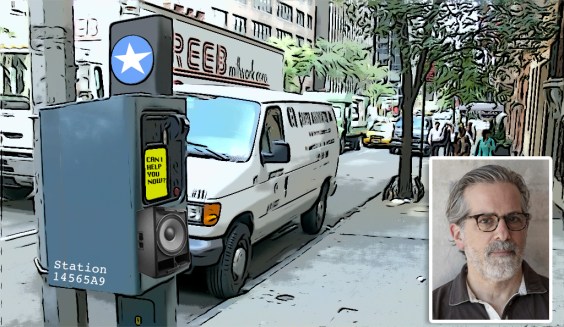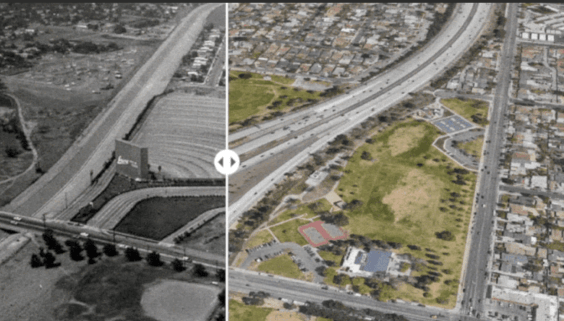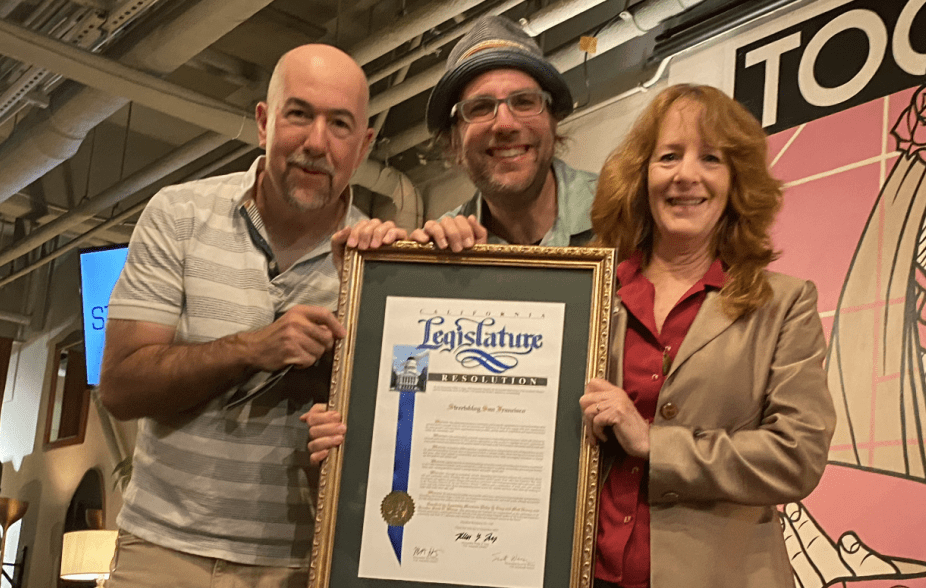Density, density, density. It's something of a mantra in sustainable
transportation circles. But in today's featured post from the
Streetsblog Network, UrbanCincy points to the cautionary example of Atlanta -- a place that could perhaps best be described as dense sprawl.
The skylines of Atlanta. Photo by mattsal88 via ImageShack.
What
has happened in Atlanta is something that should be learned from.
Atlanta is arguably the king of sprawl in modern day America, but some
might say, well Fulton County has a higher population density than does
Hamilton County. Similar arguments can be applied to other less urban
regions than Cincinnati. The fact is that Fulton County is just about
built out with the exception of some land in the far southern reaches
of the county. Furthermore, this built-out county has extraordinarily
dense suburban areas including the central Perimeter area which
includes 30-story office towers, residential towers and 12-lane highway
systems to boot. The traffic is abysmal like much of the rest of
Atlanta and the problem is only going to get worse.The
reason is a combination of densities and form. The suburban areas of
Atlanta, and even much of the urban areas, are almost entirely
car-dependent. So a low-density suburban area that is car-dependent is
one thing, but a high-density area of the same makeup is nightmarish.
The "spatial mismatch"
is exacerbated to a degree seen nowhere else in America than Atlanta
and Los Angeles (Los Angeles County is the most populated county in the
country at 9+ million). The people living in one area are working in
another creating a spatial mismatch that is exacerbated by the high
densities. They are not walking, biking or taking transit to a level
enough that would offset its densities.When you hear of the next "new urbanist"
neighborhood on the fringes of a metropolitan area, or the next
lifestyle center that pitches itself as being the next best thing to an
authentic urban shopping experience, be wary. These are not real
communities where store owners live in addition to running their
business. The residents are most likely hopping in their car that is
parked nicely within one of their two (or more) dedicated parking
spaces and driving into the center city for work.Higher
densities in our suburban areas are not the answers to our sprawl
issues. A correction of the spatial mismatch is what's needed to truly
create a sustainable metropolitan area. Natural systems need to be
preserved in their truest form and our most fertile food-producing
regions need to be maintained for their highest and best use. Higher
densities in the core with high-density satellite neighborhoods
connected by high-quality transit options are the best possible
solutions.
Other news from around the network: Kansas Cyclist reports on efforts in Iowa and Colorado to ban bikes -- that's right, ban bikes -- from some roads. Meanwhile, CommuteOrlandoBlog
is back from a bike trip through Amish country and has a very
thought-provoking post on the culture of speed vs. the culture of
trust. And Trains for America links to a debate over the relative merits of high-speed and maglev trains.





